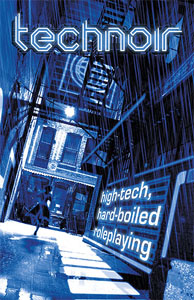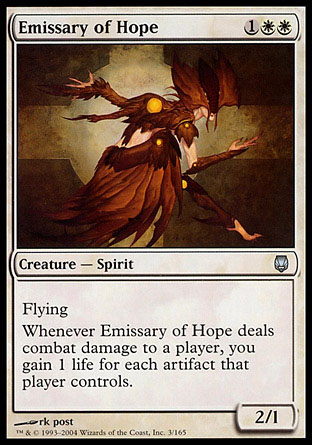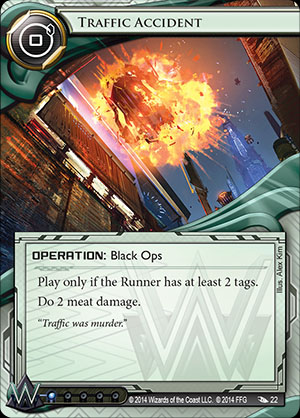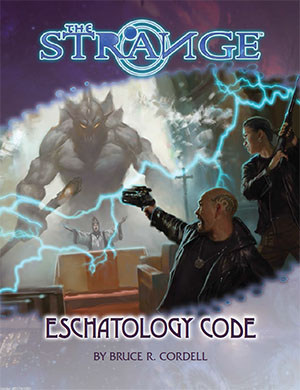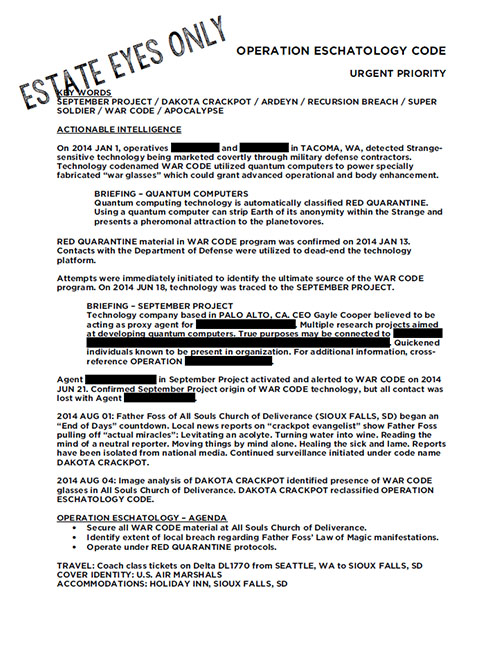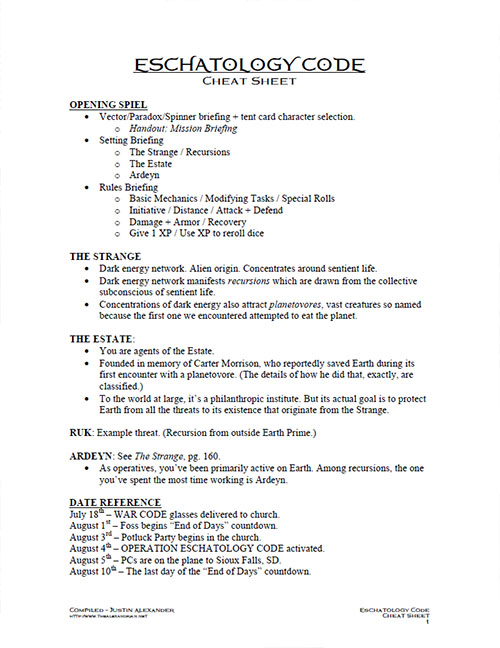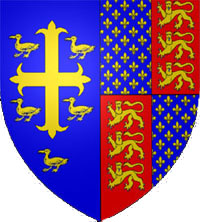 Is it by Shakespeare?
Is it by Shakespeare?
It’s the question that dominates any discussion of Richard II: Thomas of Woodstock. And it’s not merely a matter of the personal aggrandizement or exceptional excitement which would result from identifying a previously unknown work by Shakespeare: If Richard II: Thomas of Woodstock and Richard II are both cut from a single cloth (like Shakespeare’s 1 Henry IV and 2 Henry IV), then it holds profound significance for the interpretation of both plays as one can be used to inform the other.
But the play’s lost cover sheet has taken with it both title and author. Nor is there a reliable, contemporary reference to the play’s performance. Instead, the script seems to emerge almost spontaneously out of the haze of history, serving only to remind us of the slender slips and vast gaps out of which our knowledge of the Elizabethan theater is built.
In the complete absence of hard evidence, therefore, the question of Richard II: Thomas of Woodstock‘s authorship must be resolved entirely on the basis of internal evidence. Such evidence is, of course, inherently implicit rather than explicit, and the inferences drawn from it can never been considered fully conclusive.
With that being said, the deep connections between Richard II: Thomas of Woodstock and Shakespeare’s Richard II have been obvious to even casual readers of the players for the better part of at least two centuries. The similarities to history, of course, are expected. But what’s particularly relevant are the similarities between the narratives which contradict the history.
For example, in Act 2, Scene 1 of Richard II, when John of Gaunt describes the dead Thomas of Woodstock as “my brother Gloucester, plain well-meaning soul” he’s describing “plain Thomas” of Richard II: Thomas of Woodstock, not the proud, power-seeking Gloucester of history. And, in similar fashion, the characterizations of Richard’s other uncles seem to share a greater continuity with Richard II: Thomas of Woodstock than the historical record.
The plays also seem to share a rich verbal landscape with each other. Generations of scholars have produced hundreds of examples, but for the purposes of example let’s consider one of the most compelling: According to Macd. P. Jackson, the phrase “pelting farm” appears only twice in the entirety of English dramatic literature – Shakespeare’s Richard II and Richard II: Thomas of Woodstock. This is not a phrase drawn from the historical sources, and yet it nevertheless appears in nearly identical circumstances in each play.
From Richard II:
This land of such dear souls, this dear dear land,
Dear for her reputation through the world,
Is now leased out, I die pronouncing it,
Like to a tenement or pelting farm:
And from Richard II: Thomas of Woodstock:
And we his son to ease our wanton youth
Become a landlord to this warlike realm,
Rent out our kingdom, like a pelting farm,
That erst was held as fair as Babylon,
The maiden conqueress of all the world.
All of these are merely examples drawn from the rich scholarship carried out by Frijlicnk (1929), Rossiter (1946), Jackson (2001), Corbin and Sedge (2002), and Egan (2005) – each of whom draws different conclusions regarding the authorship of Richard II: Thomas of Woodstock, while nevertheless uniformly confirming its deep connection to Shakespeare’s Richard II.
Such examples begin to weave the two plays together into a common tapestry. But Richard II: Thomas of Woodstock has also been shown to have deep and almost self-evident connections to many other works by Shakespeare as well: In Nimble we see a rough sketch of Dogberry. In Tresilian there are the outlines of Falstaff. Woodstock’s murder echs that of Clarence in Richard III. We could easily pluck the name of “Osric” from Hamlet and give it to the fop courtier who summons Woodstock to court. Woodstock’s conversation with that same courtier’s horse is drawn from the same comedic vein as Launce and his dog.
The examples are almost endless. And, as with Richard II, these large areas of common ground with Shakespeare’s other plays are also matched by countless textual parallels. Michael Egan cites more than a thousand of them in A Newly Authenticated Play by William Shakespeare, and while many of his selections may be dismissed as common poetics, he is not the first to connect the dots.
But if a connection cannot be denied, an important question remains: Which came first?
If Richard II: Thomas of Woodstock came first, then it served as the model for Shakespeare’s plays. And given the breadth and multitude of similarities, we must either suppose that Shakespeare is the author or conclude that Shakespeare spent his entire career plagiarizing this anonymous playwright.
On the other hand, if Richard II: Thomas of Woodstock came second, then the common ground can be easily explained by its author drawing inspiration from Shakespeare.
If we had a firm date for the composition or playing of Richard II: Thomas of Woodstock, of course, this question could be trivially resolved. But we don’t. And, unfortunately, this is not a problem which internal evidence seems capable of resolving: While we can demonstrate that one play seems indebted to the other, how could we determine which is the lender and which the debtor?
Peter Ure, in the Arden edition of Richard II, claims that the relationship can be deduced from analyzing the pattern of word usage. Specifically, he postulates that it’s more likely that multiple uses of a term in one work will conflate to a single, borrowed use in another work than that a single use of a term will be borrowed multiple times for another work.
In the case of the two Richard II plays, for example, Ure focuses on the description of King Richard as a “landlord”. This occurs once in Shakespeare’s Richard II (Act 2, Scene 1):
Landlord of England art thou now, not king.
They state of law is bondslave to the law.
Ure cites an example of the same from Richard II: Thomas of Woodstock, and goes on to say:
In four other places in Woodstock Richard is described as a landlord, twice by himself, once by Greene, and once by the Ghost of Edward III. There is no parallel in Holinshed or elsewhere to this five-times-repeated reproach. It is of course more likely that Shakespeare remembered the word because it is repeated so often than that the author of Woodstock expanded the single reference in Richard II into so abundant a treatment in his own work.
It certainly sounds like a plausible theory. But is it?
Consider the modern example of Robert E. Howard’s stories starring Conan the Barbarian. These proved so popular that dozens of authors have been hired to write new stories starring the same character. The result? Phrases, descriptors, and verbal tics unique in Howard’s body of work were repeated dozens of times, frequently multiple times within a single work, in endless variation.
It’s not too difficult to draw a hypothetical parallel to an anonymous Jacobean playwright seeking to capture the “authentic” feel of Shakespeare’s Richard; nor to imagine how a particularly memorable snatch of text could become lodged in the mind of an imitator.
Unfortunately, this moves us no nearer to answering our question: Just because Ure isn’t necessarily right dsn’t mean that he’s necessarily wrong: If a single evocative image can be regurgitated, I find it no less believable to suppose that a pervasive theme can be accidentally or deliberately recalled.
Perhaps the unique phrase “pelting farm” could give us some guidance? In the manuscript for Richard II: Thomas of Woodstock, the passage containing the phrase has actually been struck out, most likely by the original scribe. This means that it would never have been spoke on the stage, making it highly unlikely that Shakespeare could have encountered the phrase and re-used it in Richard II.
Unfortunately, this dsn’t actually provide any clarity. The manuscript for Richard II: Thomas of Woodstock is a scribal copy which may have been prepared for a revival many years after the play was originally written, leaving open (and perhaps even making likely) the possibility that the words “pelting farm” may have been said onstage during an earlier production of the play. Furthermore, if Shakespeare were the author of both plays, he would hardly need to hear the words spoken on stage to know what he had originally written.
In the end, we are left suspended between two possibilities by a subtle enigma which, as Tresilian says, “Janus-like may with a double face salute them both”.
Go to Part 2
Originally posted September 13th, 2010.

 Is it by Shakespeare?
Is it by Shakespeare?